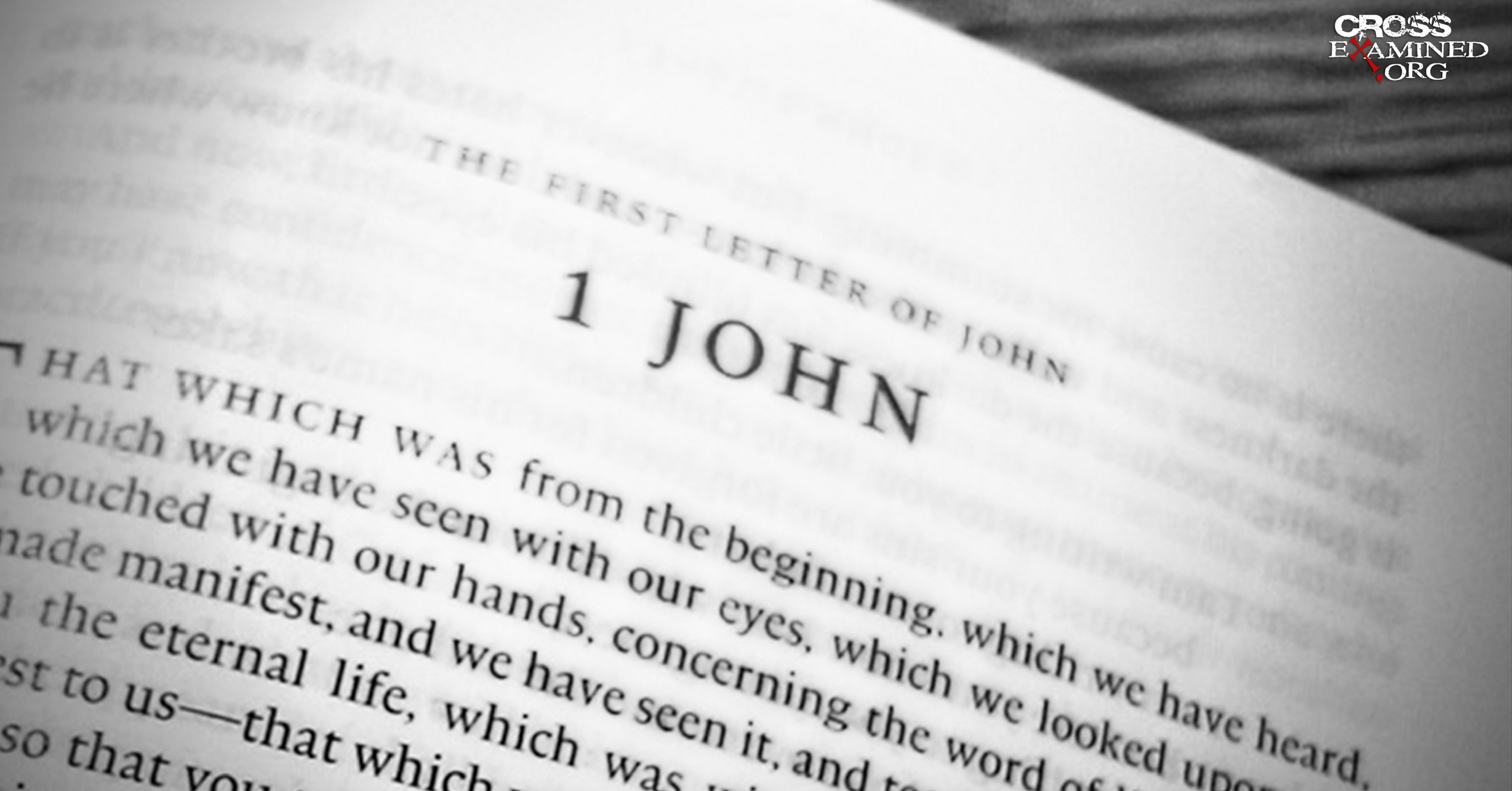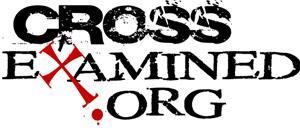By Brian Chilton
The website has devoted substantial time in exploring the identity of the authors of the New Testament texts. This journey continues as we explore the three letters attributed to John. Who was the person named John behind these letters?

Author: The early church nearly unanimously attributed the three letters of John to the apostle John. It was not until modern times that serious attention was given to the idea of two Johns: one the apostle John and the other a different John known as the elder. In 2 and 3 John, the author mentions that he is the elder. Some have also contemplated the idea of a Johannine school that preserved the teachings of John and wrote the letters giving credit to the aged apostle.
The confusion between the apostle and the elder is found in Papias’ statement as preserved by Eusebius which reads:
But I shall not be unwilling to put down, along with my interpretations, whatsoever instructions I received with care at any time from the elders, and stored up with care in my memory, assuring you at the same time of their truth. For I did not, like the multitude, take pleasure in those who spoke much, but in those who taught the truth; nor in those who related strange commandments, but in those who rehearsed the commandments given by the Lord to faith, and proceeding from truth itself. If, then, any one who had attended on the elders came, I asked minutely after their sayings – what Andrew or Peter said, or what was said by Philip, or by Thomas, or by James, or by John, or by Matthew, or by any other of the Lord’s disciples, [and] which things Aristion and the presbyter John, the disciples of the Lord, say. For I imagined that what was to be got from books was not so profitable to me as what came from the living and abiding voice.[1]
The view with the best support, however, is that John the apostle and John the elder are the one and same person.
The letters of John, particularly the first letter, bear a remarkable similarity to the Gospel of John. The evidence for apostolic authorship of the Fourth Gospel is quite strong. Thus, the correlation between the Gospel and the letters demonstrate a high probability that John the apostle also authored the letters along with the Gospel.
In addition to the association that John’s Gospel holds with the letters, second-century sources strongly suggest that John the apostle served as a pastor in Ephesus, living up until the rule of Emperor Trajan in AD 98. George Beasley-Murray notes,
“John, the disciple of the Lord, who leaned on his breast, also published the gospel while living at Ephesus in Asia” (Adv. Haer. 3.1, 2). The “disciple” is clearly the apostle John, who is identified with the “beloved disciple” of the Gospel. Irenaeus also acknowledged the authority of the church in Ephesus, since “it was founded by Paul, and John lived there till the time of Trajan” (3.3, 4). This testimony is the more significant in view of Irenaeus’ acquaintance with Polycarp, who was martyred in his old age in a.d. 155.”[2]
In light of the strong ancient evidence, one can claim with confidence that John wrote the letters attributed to him in Ephesus. It is possible that John used an amanuensis to write the Gospel and the first letter and wrote 2 and 3 John with his own hands. Nonetheless, John is clearly the author of all four documents.
Date: Since one can align the documents attributed to John while also noting that the apostle ministered in Ephesus while living to 98 AD, the Gospel and letters can confidently be pegged to the mid-80s to the mid-90s.
Purpose: 1 John was written to guide Christians into true doctrine while helping them to avoid false beliefs and actions. In 1 John, John focuses on the truth of Christ (1:1-4), the lifestyle of the authentic believer (1:5-2:14), the believer’s relationship with those outside the church (2:15-27), along with a personal exhortation to the believers to love one another and to shine the light of God in their lives (2:28-5:21).
2 John is a more personal letter written to the church of Ephesus. John commands the church to “(1) walk in the truth, (2) obey God’s commandments, (3) love one another, and (4) guard the teachings of Christ and they would not be deceived by the antichrist.”[3] John greets and blesses the believers (1-3), exhorts the believers to love (4-6), warns of false teachers (7-11), and plans a visit to the local churches in the area (12-13).
3 John like 2 John is a personal letter. Whereas 2 John is written to the church, 3 John is written to three individuals: Gaius (1), the one receiving the letter; Diotrephes (9), a troublemaker in the church; and Demetrius (12), the one carrying the letter to Gaius. In 3 John, the apostle greets Gaius (1-2), commends the Gaius for standing for truth (3-4), discusses issues with Gaius (5-12), and discusses his future visit with Gaius (13-14).
The letters of John are quite powerful and important for teaching about the nature of God and of the believer’s stance during difficult times. Everyone would do well to take time to read through John’s Gospel and his three letters. The apostle has some important words for all the church for every generation.
Notes
[1] Eusebius of Caesarea, Church History, III, 39.
[2] George R. Beasley-Murray, John, vol. 36, Word Biblical Commentary (Dallas: Word, Incorporated, 2002), lxvi.
[3] CSB Study Bible (Nashville: Holman, 2017).
Original Blog Source: http://bit.ly/2xFNzCD


















Facebook Comments